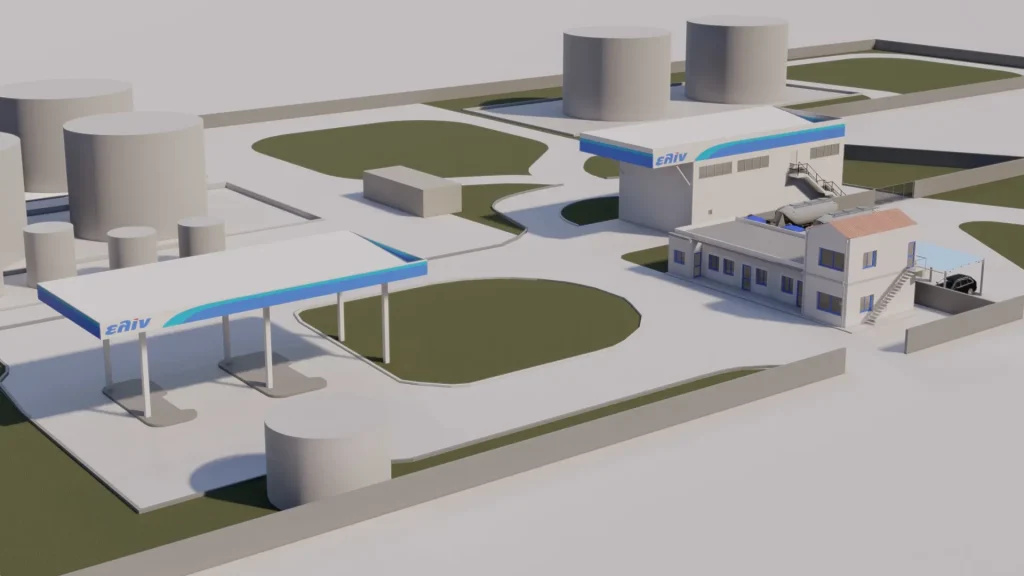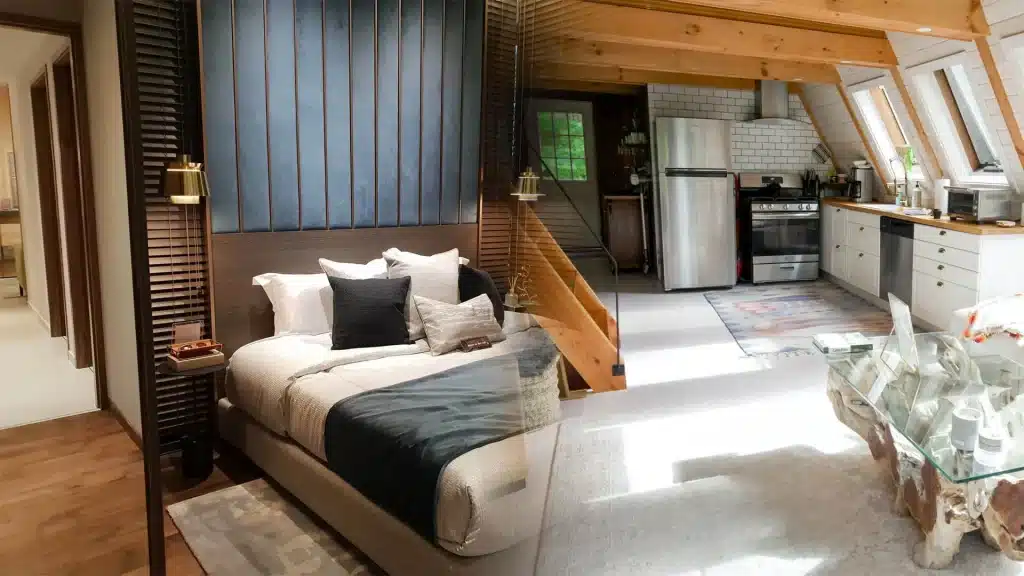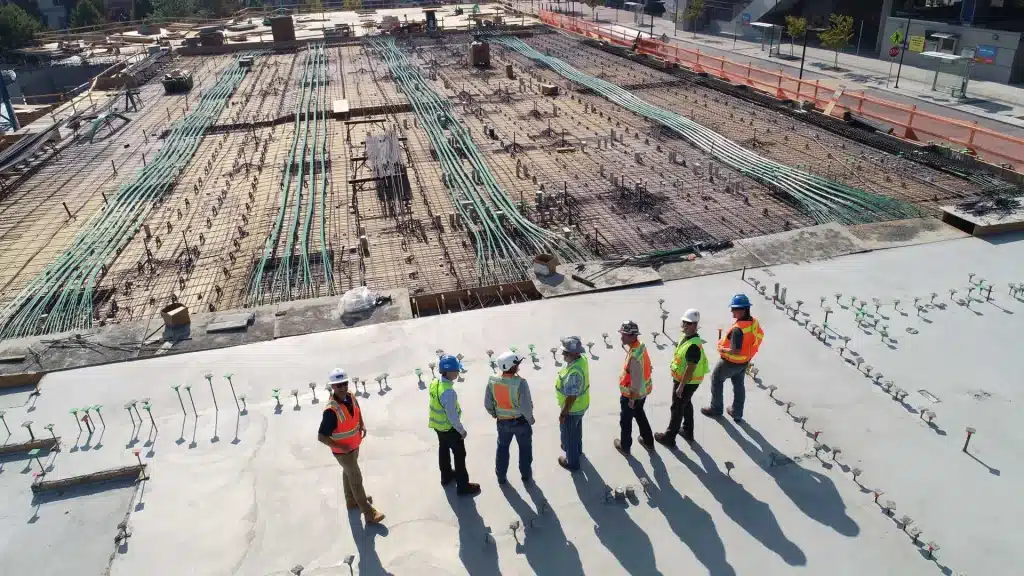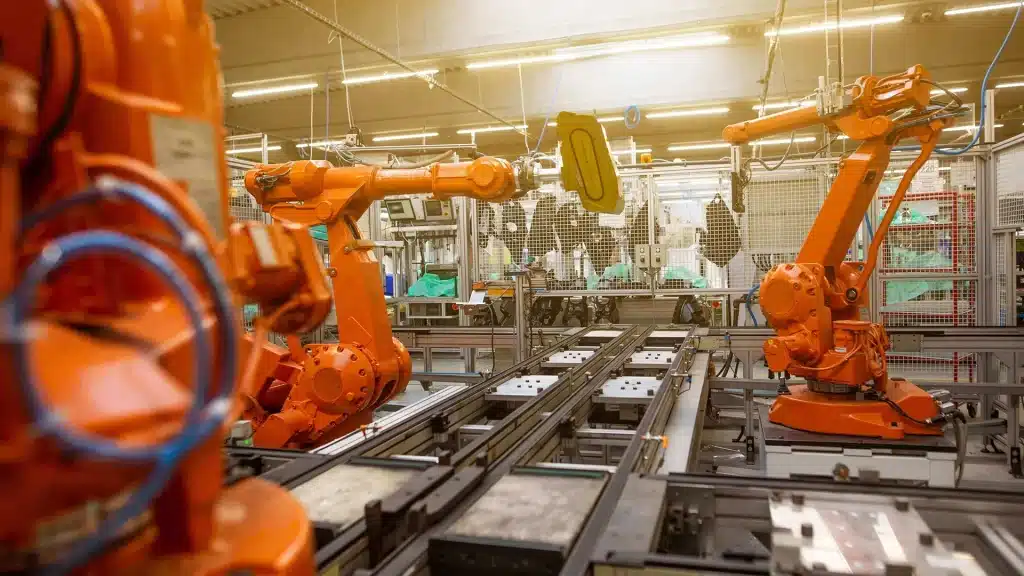Whether we are talking about those that took place in Greece or those concerning the wider European family, the consequences of the recent socio-political upheavals are nothing more than a simple reminder of the fragility and, by definition, the volatility of the economic data of our lives.
When a war can change so much in their wider relationships, then that's what we all have to do is to constantly increasing the levels of versatility, especially when it comes to the productive potential of a country and the autonomy of the energy and commodities in the primary sector.
Photovoltaics or Agriculture?
Referencing someone in the articles of the principles of the previous decade, will be confronted with dilemmas that are associated with whether or not to convert arable land in photovoltaic parks.
Rejecting, first of all, the possibility of non-utilization of any one (exploitable) department of earth, whether from the perspective of the private interest, whether of the coverage of the needs of the planet of energy, oxygen, food, etc. let's try the answer to the above question:
Clearly, there are cases where a section of land, for reasons related to the particular characteristics of, will not be realized only by one of two ways. For example, the morphology of a soil could be an inhibiting factor for the photovoltaic installation, while it's not a given that every area is arable.
But, where this is feasible, the question of "photovoltaics or agriculture?", the answer is "photovoltaics and agriculture".
Photovoltaics and Agriculture
The axis of the things already mentioned, but also on the basis of predictions about the population growth of the planet (and thus a 50% increase in the needs of primary production up to 2050), no one can argue with the courage of such a one-dimensional transition, as is the full conversion of arable land to a solar farm. In fact, the challenges facing humanity, only with broader solutions can be found -and again - in a controlled trajectory.
"Agrivoltaics": a proposal, under certain conditions
When looking for options to utilize a plot of land, the idea of "agro-photovoltaics" is one of the first that someone will come across on their way. Photovoltaic panels are placed at a height of 2.5 to 5 meters, which allows even larger crops, such as those of fruit trees. Although it significantly increases land yield, the alteration caused by specific solution in the landscape cannot be ignored. In addition, the specific proposal is applicable only in areas with high temperatures and under the condition that the respective crop is favored by the shading of the photovoltaics.
The solution of an ecosystem self-consumption
To understand the concept of an ecosystem, one must imagine small units that naturally form parts of a larger system, interacting with it while maintaining a high level of self-sustenance. They produce a portion of the resources (of any form) comparable to what they consume.
More specifically, the essence of the idea is summed up in the following words: dwell, produce, consume.
Shaping ecosystem
Each lot shall be allocated so as to derive a space for the erection of a residence (including outside areas), agricultural land and photovoltaic park in a ratio of the order of the 10-80-10 respectively.
Of course, with regard to the installation of photovoltaic systems, this can be extended on the roof of the residence, but also on the roof of the parking.
The configuration of the land depends, apart from the ideal orientation is required for maximum performance of the pv, and from the position of houses (or other buildings) in the neighbouring plots of land, and from the shadows that they create.
In addition, the fact that technological progress allows production of a specific quantity of energy, in order to bind less space, is a parameter that allows the quota of pv above.
Philosophy and advantages of the ecosystem
The substance of such an ecosystem returns back an important part of those who consume, whether it be electricity, or food, or even oxygen, while in cases where the house is newly built, the proper selection of materials reduces the energy losses of housing, contributing to an increase in the level of autonomy of the ecosystem.
At the same time, clearly better living conditions are being established for farmers and their families, with a higher quality of life, away from urban areas, dense population, and its disadvantages. This is particularly critical for young children, as it significantly affects their proper psychosomatic development.
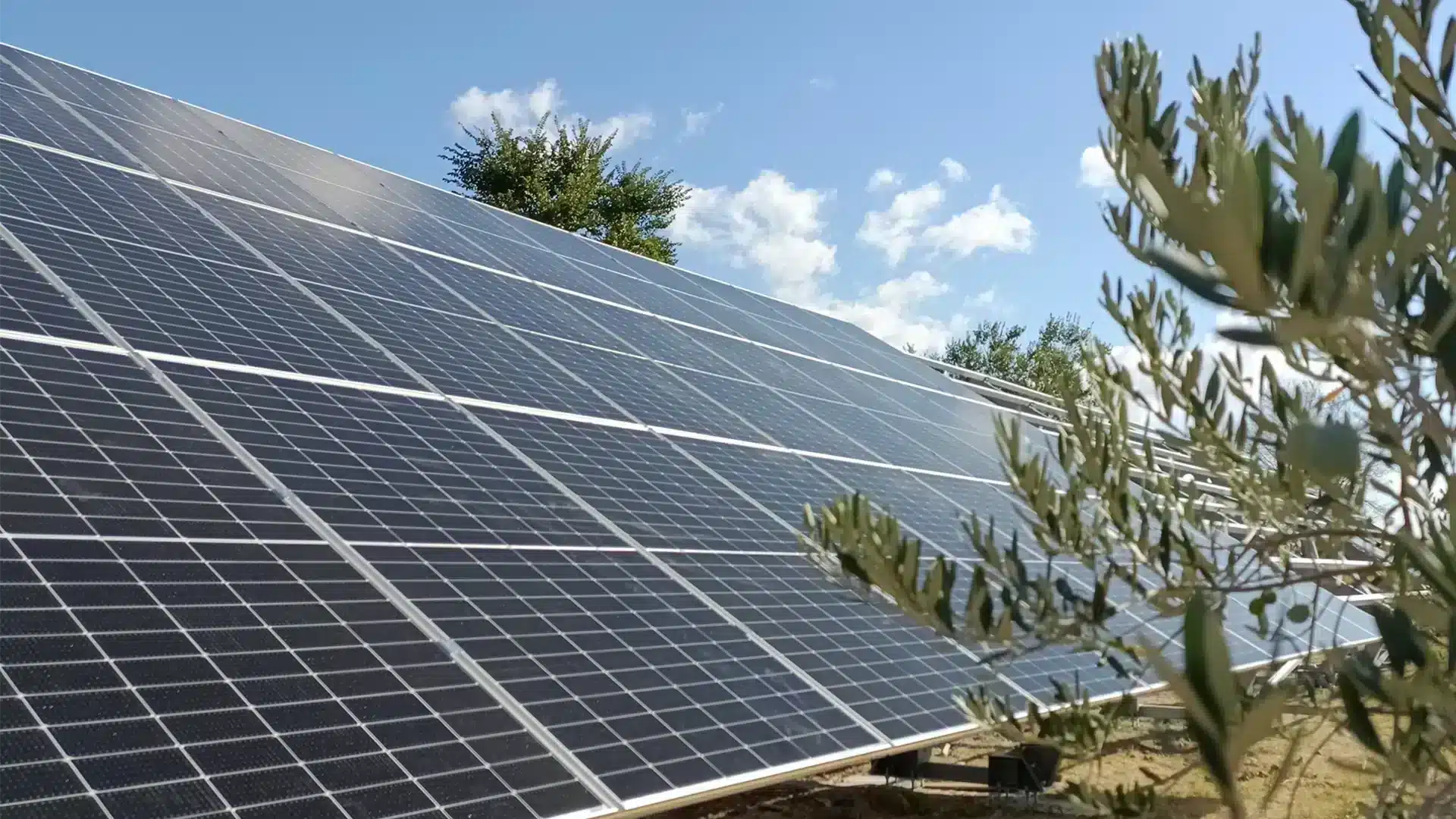
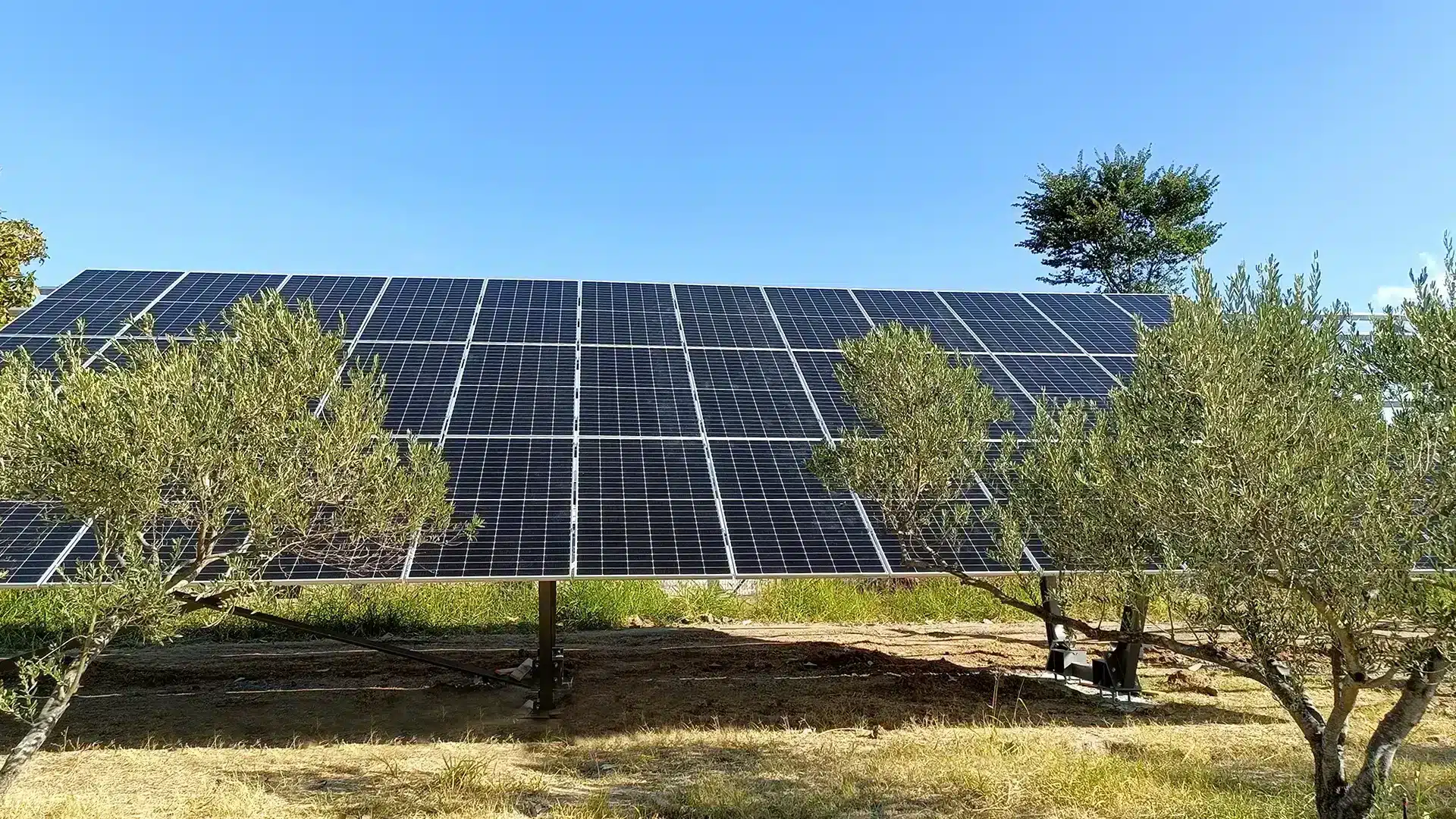
On a larger scale, the creation of microgrids for production and consumption provides clear advantages in reducing the percentage of unused land areas, as well as in promoting decentralized living. Along with the aforementioned benefits, this will create new hubs of interaction and the opportunity to implement revised versions of the living conditions we ultimately desire. And of course, in the next stage, it will also relieve urban centers.
Same philosophy solutions, in different –possibly - quotas may be the choice for owners of parcels, even if not professionally active in agriculture. Attracted to, but, from the perspective of decentralization, and interested in growing as an amateur the earth, in order to produce products, as a basis, for personal consumption.
Of course, there are instances where the above solution needs to be adapted to the spatial data of each plot. Therefore, every farmer interested in this step should consult the appropriate design engineer to learn about active subsidy programs and jointly agree on the ideal solution that will provide the aforementioned added value to the land and their life.
Photovoltaics or Agriculture?
ΙΩΝΙΚΗ Autonomous
Whether we are talking about those that took place in Greece or those concerning the wider European family, the consequences of the recent socio-political upheavals are nothing more than a simple reminder of the fragility and, by definition, the volatility of the economic data of our lives.
When a war can change so much in their wider relationships, then that's what we all have to do is to constantly increasing the levels of versatility, especially when it comes to the productive potential of a country and the autonomy of the energy and commodities in the primary sector.
Photovoltaics or Agriculture?
Referencing someone in the articles of the principles of the previous decade, will be confronted with dilemmas that are associated with whether or not to convert arable land in photovoltaic parks.
Rejecting, first of all, the possibility of non-utilization of any one (exploitable) department of earth, whether from the perspective of the private interest, whether of the coverage of the needs of the planet of energy, oxygen, food, etc, let's try the answer to the above question:
Clearly, there are cases where a section of land, for reasons related to the particular characteristics of, will not be realized only by one of two ways. For example, the morphology of a soil could be an inhibiting factor for the photovoltaic installation, while it's not a given that every area is arable.
But, where this is feasible, the question of "photovoltaics or agriculture?", the answer is "photovoltaics and agriculture".
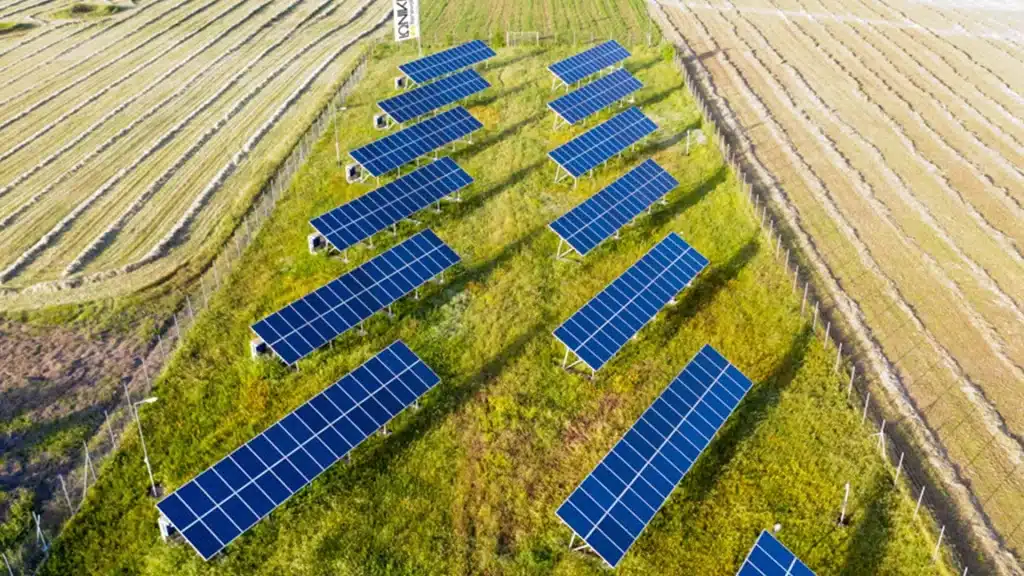
Photovoltaics and Agriculture
The axis of the things already mentioned, but also on the basis of predictions about the population growth of the planet (and thus a 50% increase in the needs of primary production up to 2050), no one can argue with the courage of such a one-dimensional transition, as is the full conversion of arable land to a solar farm. In fact, the challenges facing humanity, only with broader solutions can be found -and again - in a controlled trajectory.
"Αγροβολταϊκά": one, under certain conditions, a proposal
Search options recovery of a parcel, the idea of "αγροβολταϊκών" is one of the first that you will meet someone on the way. Photovoltaic panels are placed at a height of 2.5 to 5 meters, which allows for even larger crops, such as fruit trees. If and significantly increases the performance of land, the alteration caused by the specific solution in the landscape cannot be ignored. In addition, the specific proposal is applicable only in areas with high temperatures and under the condition that the respective crop is favored by the shading of the photovoltaics.
The solution of an ecosystem self-consumption
To understand the concept of an ecosystem, one must imagine small units that naturally form parts of a larger system, interacting with it while maintaining a high level of self-sustenance. They produce a portion of the resources (of any form) comparable to what they consume.
More specifically, the essence of the idea is summed up in the following words: dwell, produce, consume.
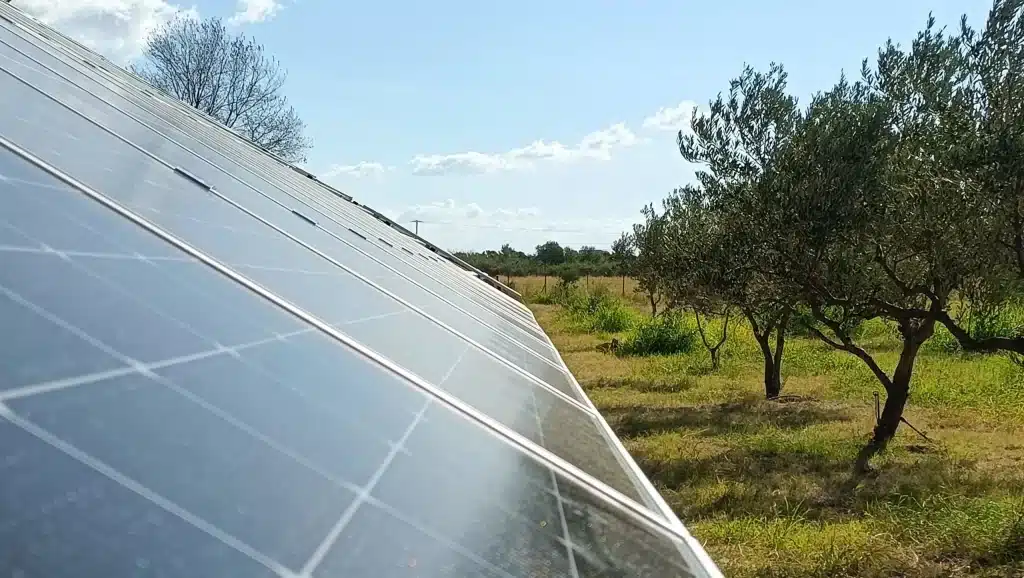
Shaping ecosystem
Each lot shall be allocated so as to derive a space for the erection of a residence (including outside areas), agricultural land and photovoltaic park in a ratio of the order of the 10-80-10 respectively.
Of course, with regard to the installation of photovoltaic systems, this can be extended on the roof of the residence, but also on the roof of the parking.
The configuration of the land depends, apart from the ideal orientation is required for maximum performance of the pv, and from the position of houses (or other buildings) in the neighbouring plots of land, and from the shadows that they create.
In addition, the fact that technological progress allows production of a specific quantity of energy, in order to bind less space, is a parameter that allows the quota of pv above.
Philosophy and advantages of the ecosystem
The substance of such a οίκοσύστημα returns back an important part of those who consume, whether it be electricity, or food, or even oxygen, while in cases where the house is newly built, the proper selection of materials reduces the energy losses of housing, contributing to an increase in the level of autonomy of the ecosystem.
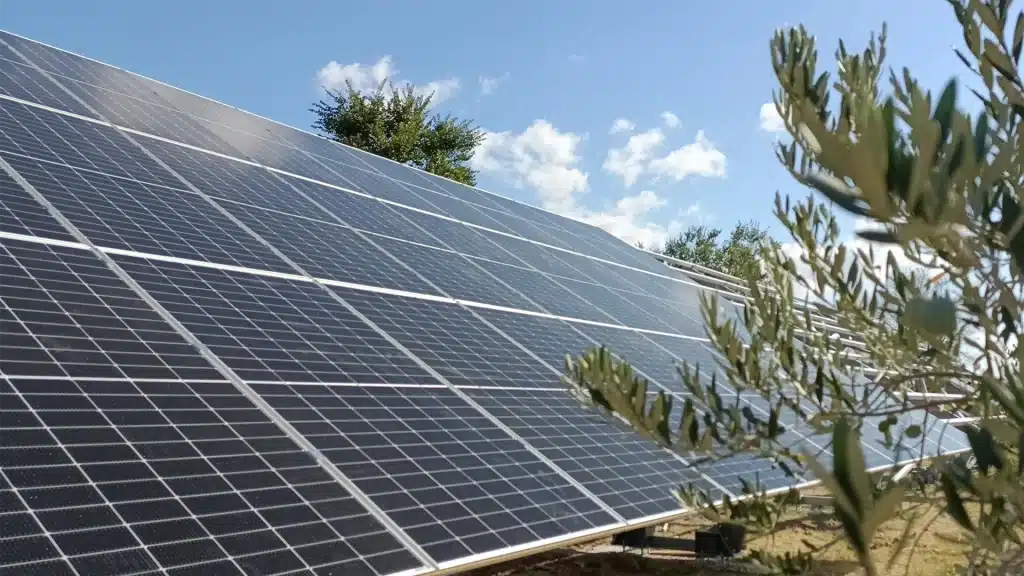
At the same time, clearly better living conditions are being established for farmers and their families, with a higher quality of life, away from urban areas, dense population, and its disadvantages. This is particularly critical for young children, as it significantly affects their proper psychosomatic development.
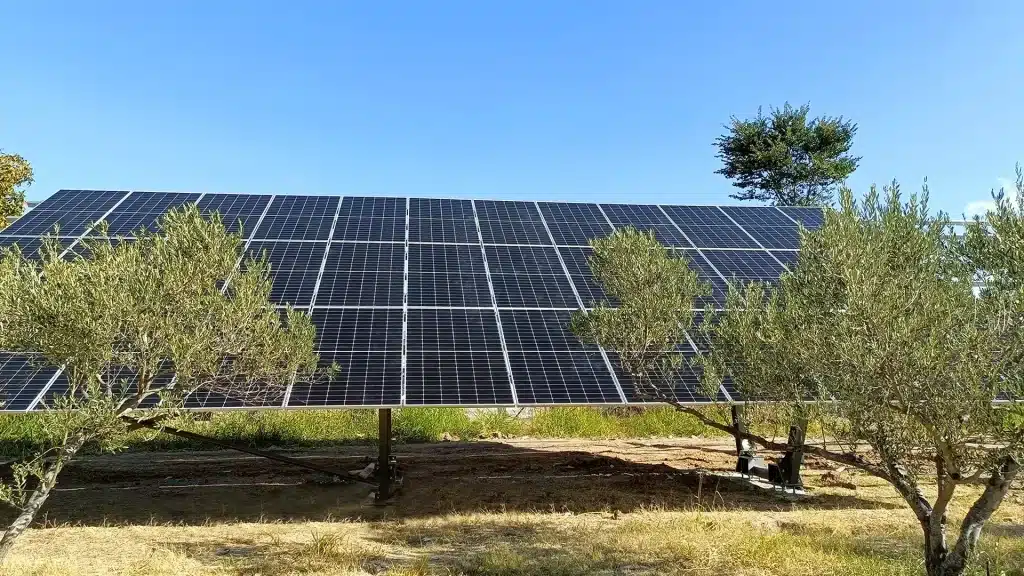
On a larger scale, the creation of microgrids for production and consumption provides clear advantages in reducing the percentage of unused land areas, as well as in promoting decentralized living. Along with the aforementioned benefits, this will create new hubs of interaction and the opportunity to implement revised versions of the living conditions we ultimately desire. And of course, in the next stage, it will also relieve urban centers.
Same philosophy solutions, in different –possibly - quotas may be the choice for owners of parcels, even if not professionally active in agriculture. Attracted to, but, from the perspective of decentralization, and interested in growing as an amateur the earth, in order to produce products, as a basis, for personal consumption.
Of course, there are instances where the above solution needs to be adapted to the spatial data of each plot. Therefore, every farmer interested in this step should consult the appropriate design engineer to learn about active subsidy programs and jointly agree on the ideal solution that will provide the aforementioned added value to the land and their life.


